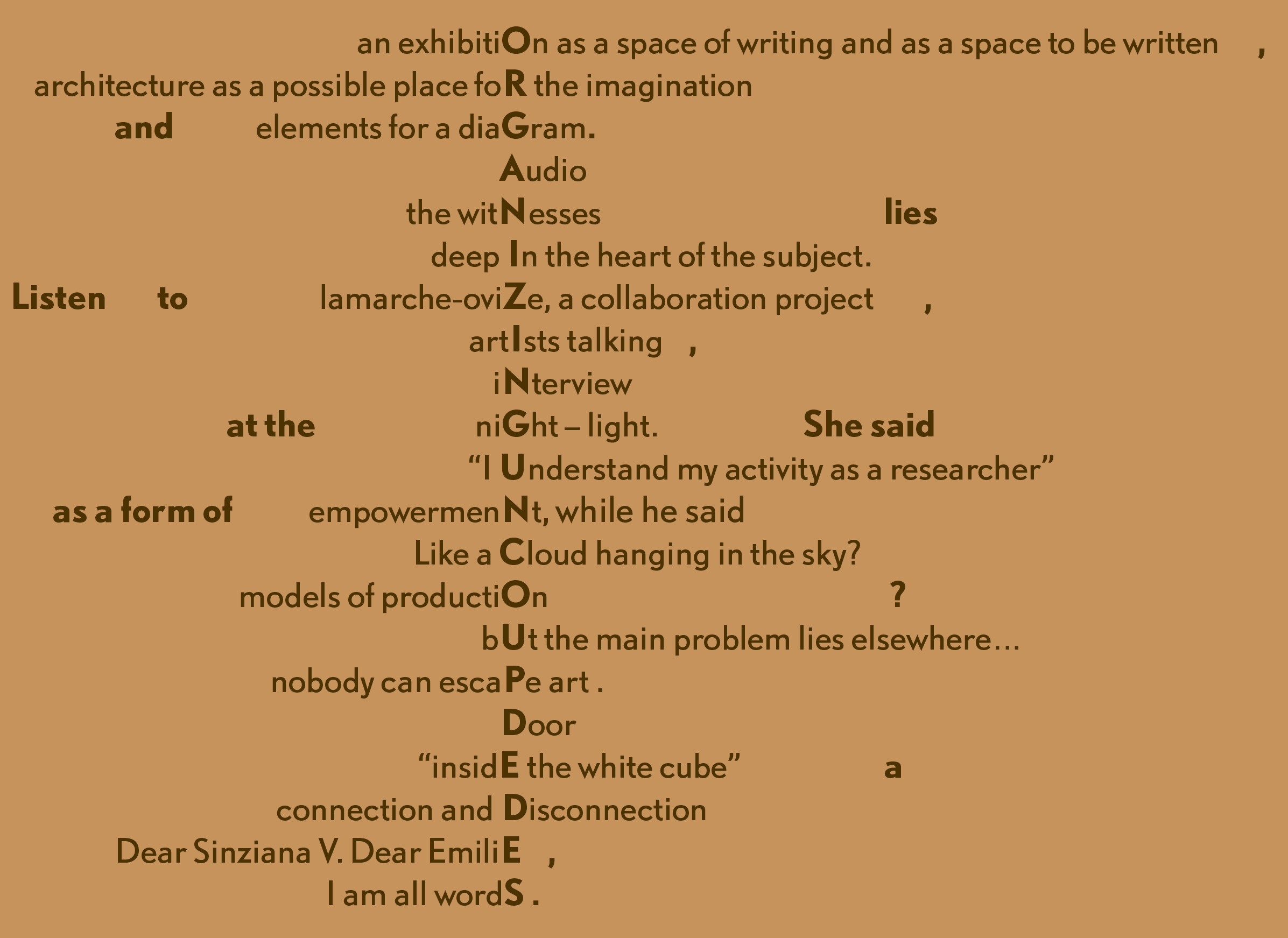Models of production
Located in vaulted freestone blockhouses on the site of the Bastille, the Centre d’Art Bastille offers visitors of this popular Grenoble tourist attraction an unusual confrontation with art, by highlighting the experiences and encounters—artistic and human—of the artists who have exhibited there. It is these moments that Italian curator and critic Veronica Valentini, who lives in Barcelona, chose to explore in light of her own experience.
readWhen I first met Elisa Pône, Pauline Bastard and Aymeric Ebrard, it was in 2009, during my training program in curatorial studies at the École du Magasin and while they were working on an exhibition at the Centre d’Art Bastille about emerging French art. I had taken part in the selection committee following the open call for artists proposals. Meeting with these artists was an opportunity to engage in a long-distance dialogue about their respective practises and how they related to experimentation during specific moments such as Elisa Pône’s exhibition in 2012 at the CAB, or during Pauline Bastard and Aymeric Ebrard’s residencies in France or abroad. In her intervention, Elisa Pône talks about the way she worked in these unfamiliar conditions and how that lead to enriching and developing her approach in new ways, Pauline Bastard reflects on what causes the chain of events in certain work situations while Aymeric Ebrard, using an autobiographical narrative, calls on fiction, as the only possibility of echo for his latest work experiences when in residencies abroad.
Redefining their practises, their artistic concerns, echoes the questions that the French Art Centers have been addressing since they first appeared : experimentation and research on the one hand and the French decentralisation on the other. Decentralisation is not only to be understood here as the French political policy concept, but also as a displacement-decentralising, in the broadest sense, position of which is foreign to that of departure whether it is in a physical context or in a social environment, which traces the evolution of today’s artists production modes and that underlines the important role Art Centers play in the production, distribution and transmission, essential to the understanding of the contemporary narratives of art. The CAB in this sense, uses its unique position as a strength. Located in an attractive tourism site which is easily accessed by cable car, the CAB exerts a significant fascination amongst young artists. Its unique location leads them to create projects that adapt at the same time with the space’s striking architecture and with the viewers that are sometimes totally unfamiliar with the arts. This brings the artists to experiment unconventional forms that the staff, using several specific mediation techniques, then translates for each public. These experiments and adaptation concepts can also be found in another project led by the Art Center’s director. The CAB hosts an annual exhibition conceived through a curatorial workshop for young university students.
These methods are almost unique in France, and aren’t found anywhere else, at least in neighbouring countries such as Italy or Spain. France is the only country that has this network of Art Centers that allow artists, including those living in remote areas, to have a certain visibility and to receive ongoing support. This is possible partly thanks to the committed staff working in these Art Centers and/or their local or abroad residency programs. Neither Italy nor Spain, given their lack of political commitment towards visual arts, have been able to create similar conditions that would have allowed creative support policies for the arts.
However, the biggest challenge for France today, given its history and its appetite for the constant regulating of legal aspects related to working conditions, is to see how to develop a new contract between all the actors in the visual arts sector (artists, curators, publishers, writers, theoreticians, designers, etc..) and more importantly how the cognitive work will be processed and evaluated, a concept central to the global redefinition of work today which is also at the heart of the artistic production.
___
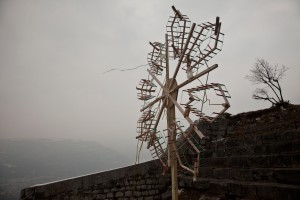 All artistic practises require in different ways a form of experimentation and research. The technical aspects are those that seem most obvious, they confront us with the materiality, make the world resist.
All artistic practises require in different ways a form of experimentation and research. The technical aspects are those that seem most obvious, they confront us with the materiality, make the world resist.
When I started working with fireworks, the field of pyrotechnics was completely foreign to me and I knew nothing about its implementation. My plan at the time was to find a way to make indoor fireworks. I was looking to inverse the viewing of a traditional pyrotechnics show by setting it in a confined space, limiting the fireworks height and bringing the viewer as close as possible. Although stage pyrotechnics do exist, with devices approved for closed environments, it wasn’t the kind of result I was looking for. I wanted something much smaller, less spectacular and more crafty. The first step was therefore to find a pyrotechnician that would be willing to join me in the project and accept to work backwards -so to speak- from the initial objectives of that line of business. Jean-Jacques Bouttemy accompanied me in the project. He gave a great amount of his time to fully develop the firing systems that allowed me to obtain what I was wanting. There were a number of tests made, many failures too. We had to find the right dosage, the right materials and dimensions … it took time, time which allowed me to improve the project, to learn more about the medium I was using and what being a pyrotechnician was about. He also oriented me towards a professional training to further my knowledge.
However, I did not give up the arts, quite on the contrary. I see in this type of experience a kind of “decentralisation” which is necessary in the artist’s work, and by “decentralisation” I mean a step aside, a trip into a field of knowledge motivated by reflections and issues other than those of the arts.
Personally, I have never been in residency as such, but I think being an artist means, among other things, to challenge and to “decentralize” in the sense “shift” things. Exploring other fields than the arts are for me a way of enriching my work and confronting my research and interrogations with other relevant parties.
This sharing of skills and knowledge is one of the reasons that led to the founding of a production company with the artist Laëtitia Badaut Haussmann and the film-maker Damien Oliveres. We had been collaborating on each other’s projects for a few years already and we wanted to find a way to be autonomous in the production field, for film-making mostly. Therefore, we pursued our own research but we also contributed actively to the making of other projects. This is rich in experiences and allows us to generate and maintain a network of collaborators in the field of film-making, dance or craftsmanship. Being an artist can be very lonely, it is important to be accompanied in the work process, to feed its reflection.
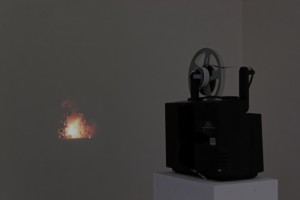 This is what occurs for example, when working with an Art Center. We must find ways to work together with the staff on the exhibition project. When Vincent Verlé invited me for a solo exhibition at the Grenoble Centre d’Art Bastille, he did everything he could to welcome me for as long as I needed. I spent several weeks there. I was able to prepare, among other things, a performance with dancers, who were coincidently in residency in Grenoble for two weeks. We were able to work in their studio while some of the works for the show were being installed at the Art Center. He also allowed me to meet local craftsmen and arranged for a presentation of my work at Grenoble’s Art School.
This is what occurs for example, when working with an Art Center. We must find ways to work together with the staff on the exhibition project. When Vincent Verlé invited me for a solo exhibition at the Grenoble Centre d’Art Bastille, he did everything he could to welcome me for as long as I needed. I spent several weeks there. I was able to prepare, among other things, a performance with dancers, who were coincidently in residency in Grenoble for two weeks. We were able to work in their studio while some of the works for the show were being installed at the Art Center. He also allowed me to meet local craftsmen and arranged for a presentation of my work at Grenoble’s Art School.
During this experience, I was also introduced to the issues of art mediation. Emilie Baldini who is in charge of the Education and Public Programmes, is very aware when it comes to these questions, underlining the importance to find better ways to assist the viewer in the understanding of the artist’s work, regardless of their prior knowledge in contemporary art. These are questions that do not necessarily arise when conceiving the art work itself but that must be addressed when making an exhibition. This goes beyond the question of addressing a public. I don’t believe any art work to be “inaccessible”, most of the time the right words just need to be found to facilitate the understanding.
Finally, collaborations between artists seems to be a good way to expand and further thought and research. Davide Balula for example, asked me a few years back to help him create a work that he intended to show in his solo exhibition at the Confort Moderne in Poitiers. Our discussions were particularly stimulating and still continue today. With our production company we also had the opportunity to assist in the organisation of his performance The Endless Pace for the exhibition Dancer sa vie at the Centre Pompidou in Paris. I also recently asked the artist Stéphane Thidet, met during his solo exhibition at the Centre d’Art Bastille, to collaborate on a work which was co-produced with the Art Center …
If the heart of an artist’s work is often created alone, I believe it’s the constant back and forth and the connections relayed by the different actors of the art world and its associated fields that fundamentally permit the elaboration and evolution of the work.
____
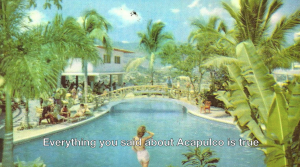 Yesterday evening, I met up with a friend who is a dancer, he was passing through Rouen for one of his plays, and since that’s where I’m from, I paid him a visit. After a stroll, we went by his hotel to sit and chat for a while. That’s where, in an orange and lime green decor that could have been one of any hotel in any city, we realised that my friend who is Israeli knew more about France than most people who had spent their life here. We then started to think about all these artists who travel throughout France on the same paths, from an Art Center to Art Center, from national institution to FRAC …
Yesterday evening, I met up with a friend who is a dancer, he was passing through Rouen for one of his plays, and since that’s where I’m from, I paid him a visit. After a stroll, we went by his hotel to sit and chat for a while. That’s where, in an orange and lime green decor that could have been one of any hotel in any city, we realised that my friend who is Israeli knew more about France than most people who had spent their life here. We then started to think about all these artists who travel throughout France on the same paths, from an Art Center to Art Center, from national institution to FRAC …
I like to think and reflect on ways to produce dispositifs that already exist, residencies and travel, which I find interesting, and I have progressively integrated my constant moving around in my work. 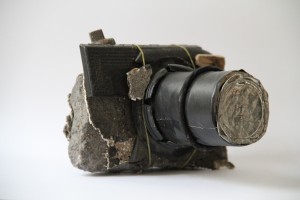 I always create works when I travel, I have like rituals in every city I go through, I pick up things and then produce an object. I’ve also been shooting a film for a year now, based on all the hotels I sleep in. When I arrive in a new room, before I settle in, I use it as a movie set for filming the same scene over and over. Besides these rituals, that I use for whirlwind stop overs lasting only one or two nights, like interventions, performances or meetings with the public … residencies often allow to elaborate on new topics and issues, and I appreciate how they draw me towards unexpected things. They enable distance with work habits and create a kind of enjoyable redefining period.
I always create works when I travel, I have like rituals in every city I go through, I pick up things and then produce an object. I’ve also been shooting a film for a year now, based on all the hotels I sleep in. When I arrive in a new room, before I settle in, I use it as a movie set for filming the same scene over and over. Besides these rituals, that I use for whirlwind stop overs lasting only one or two nights, like interventions, performances or meetings with the public … residencies often allow to elaborate on new topics and issues, and I appreciate how they draw me towards unexpected things. They enable distance with work habits and create a kind of enjoyable redefining period.
My work is easily carried around and I react to situations, so residencies are a great context for it. I never think about the impact of decentralisation on my work, but if you mean travel, encounters, and research, I can imagine a link.
___
The Kuletchov effect
I had been in the land of rain for a few weeks already. Lithuania was lying on its reputation, displaying a provocative sunshine along its lazy dunes all while my compatriots where still waiting for the Spring to come. Despite the siren call of the Baltic Sea, its beaches and gentle waves, I wandered the local markets around the Art Center and my studio, which I constantly returned to. On Sundays, the flea markets surrounded the building, and the square was invaded by the merchants from the temple, selling scraps left over from the ex-Soviet empire. Surrounded by the sound of nostalgic vinyl records, I would discover, amongst the weirdly shaped decorative art books, functional and baroque buildings, happy looking people in their communities … ambivalent signs of a generalised happiness. The colours and logos from propaganda flags – from Communist Youth groups or trade unions- seemed contradicted by the exotic shells which had been brought back by sailors, with sixties jeans and U.S. pop records, like wonderful proofs of the existence of another world beyond the Iron Curtain. The collections with triumphant architectures allowed me to find the ancient agoras, abandoned movie theatres, converted discos across the city that where still haunted by the ghosts of the past, despite the long gone bas-reliefs and frescoes, the weeds or the second hand electrical appliances stored there.. In the distance, in a remote countryside, overturned Soviet-era statues were gathered in a park, showing into the void their over-bloated statures with frozen gestures.
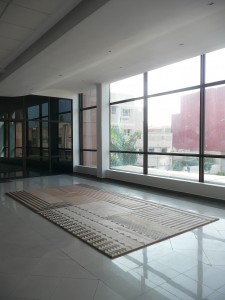 Coincidentally, my residency that the rigid bureaucracy inherited from the past hadn’t been able to reschedule, was split into two by a Moroccan invitation. The exhibition and the preparation during the production on the other side of the Mediterranean had tinted the soft wildness of the Curonian Lagoon ‘s forest when, back in front of my computer, I was remaking the puzzle from the carpet of the ceremony room in SALÒ. The Masonic decor and political dimension of the Pasolinian adaptation of the Sadean rituals strangely echoed with this recent country with quicksand borders, that shook from paedophile scandals in which the ramifications had mysteriously wiped out all the protagonists, including amongst the highest ranks in the government. Yet the radio continued to broadcast heroic episodes from the Arab revolution, while the analysts would observe the domino effect and the first disillusions of singing tomorrows. The sexual revelations continued to rhythm the campaign. Such and such politician in Marrakesh precisely…
Coincidentally, my residency that the rigid bureaucracy inherited from the past hadn’t been able to reschedule, was split into two by a Moroccan invitation. The exhibition and the preparation during the production on the other side of the Mediterranean had tinted the soft wildness of the Curonian Lagoon ‘s forest when, back in front of my computer, I was remaking the puzzle from the carpet of the ceremony room in SALÒ. The Masonic decor and political dimension of the Pasolinian adaptation of the Sadean rituals strangely echoed with this recent country with quicksand borders, that shook from paedophile scandals in which the ramifications had mysteriously wiped out all the protagonists, including amongst the highest ranks in the government. Yet the radio continued to broadcast heroic episodes from the Arab revolution, while the analysts would observe the domino effect and the first disillusions of singing tomorrows. The sexual revelations continued to rhythm the campaign. Such and such politician in Marrakesh precisely…
Arriving in Oujda, we were greeted by Mohammed VI, everywhere. At the airport, on the road, in the gallery, at the bank, the restaurant, at the Wali’s, the town hall, the hotel … Dressed in a suit here or in a djellaba there, in flashy 4×3 gold frames, dominating the country with a solemn or friendly stare.
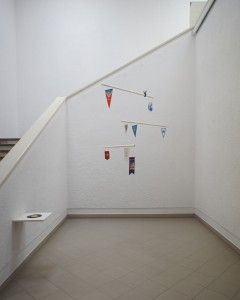 Every so often he would leave place for mobile phone ads, or lush idyllic promoter simulations. In Saïdia, on the coast, the beach was divided into two by his royal tents that sat there, right in the middle. On either sides, the run-down buildings would prance their social housing pealing volumes next to the camp pavilions owned by the Minister of Youth Affairs and Sports. There was this once, when the Guards that were there to prevent anyone from jumping the palisade, seized and confiscated my camera to delete any picture including even a inch or a blurry vision of the tent or any dependencies. It was also forbidden to photograph police officers or roadblocks. Between Saïdia, and its real estate programs that the crisis had cut short and only now showed their unfinished skeletons out in the middle of the green clay. And Jerada, this mining town in the middle of the desert, where the people have no other alternative to survive than to either emigrate or risk their lives breaking into the abandoned run-down mine to extract coal which was then sold on the black market.
Every so often he would leave place for mobile phone ads, or lush idyllic promoter simulations. In Saïdia, on the coast, the beach was divided into two by his royal tents that sat there, right in the middle. On either sides, the run-down buildings would prance their social housing pealing volumes next to the camp pavilions owned by the Minister of Youth Affairs and Sports. There was this once, when the Guards that were there to prevent anyone from jumping the palisade, seized and confiscated my camera to delete any picture including even a inch or a blurry vision of the tent or any dependencies. It was also forbidden to photograph police officers or roadblocks. Between Saïdia, and its real estate programs that the crisis had cut short and only now showed their unfinished skeletons out in the middle of the green clay. And Jerada, this mining town in the middle of the desert, where the people have no other alternative to survive than to either emigrate or risk their lives breaking into the abandoned run-down mine to extract coal which was then sold on the black market.
Along the road that followed the Algerian border, donkeys carried jerry cans or dozed off while their owners sold petrol or smuggled diesel on the roadside, between the tomatoes and oranges, the baskets or clay pots, in the shade by day or in the gas flares light by night.
In the evenings when we would return from the Gallery to the villa, the driver would show us the smugglers R18s, which where covered with a thick layer of dust, and would take sudden turns onto dirt roads every time they spotted a roadblock, driving into the night the red blotch from their single tail light, misleading moped, cyclopean and incandescent.
The smell of blood from the halal slaughter houses would rise, sickening and sacrificial in the heat of the Ramadan.
At two o’clock in the morning when we would arrived, I would walk through the eucalyptus forest that separated us from the esplanade, before climbing the camp wall to go swimming in the moonlight, on a deserted black beach, drowned in an existential mist…
___
Elisa Pône (born 1979, works and lives in Paris) is the co-founder of Dirty Business of Dreams. She is represented by gallery Michel Rein, Paris.
Pauline Bastard (born 1982 in Rouen, lives and works between Paris et New York)
Aymeric Ebrard (born 1977 in Paris, where he lives and works)
Veronica Valentini is a curator and researcher based in Barcelona where she’s studying Theory and Criticism at The Independent Study Program (PEI) within the MACBA museum. She’s co-founder of BAR, an independent, mobile and non-profit organization dedicated to promote artistic exchange through residencies, local, national and international collaborations and developing a public program issued from curatorial and research projects. In 2013 she’s co-curator of The Inner Perimeter exhibition at Institut Français of Barcelona and of an international residency program for artists and curators.
Special
Issues
EDITO
ORGANIZING UN COUP DE DÉS
, and lies listen to,, at the she said as a form of, while he said ? . a , .
For the summer edition of uncoupdedés.net magazine, I have let myself be inspired by Mallarme´s dice play to shift away from a regular textual introduction. In favor of the actual produced material and the heterogonous spirit I found in the magazine, I limited myself to use what is already existing – titles and content – to produce a minimal intervention: , and lies listen to,, at the, she said, as a for of, while he said ? . a , . The economy of words deploys a visual and musical dimension of the assemblage, flames the collective effort, fulfills magical strategies, provokes memorization or, perhaps, simply incorporates the fundamental action given by this invitation: ORGANIZING UN COUP DE DÉS.
Manuela Moscoso
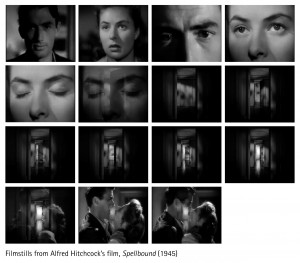
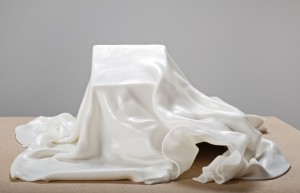
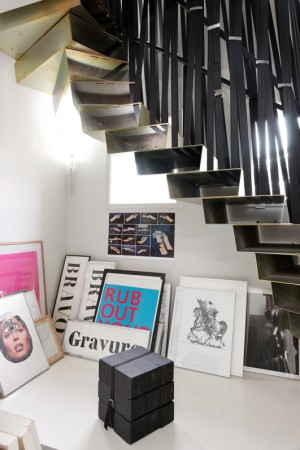
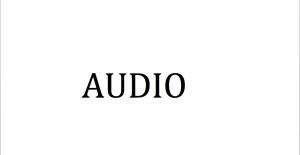

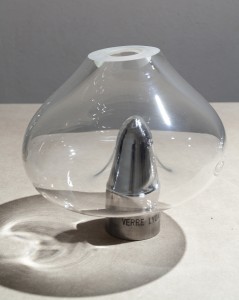
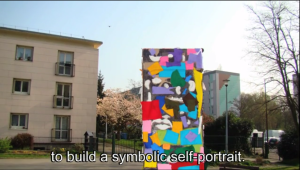

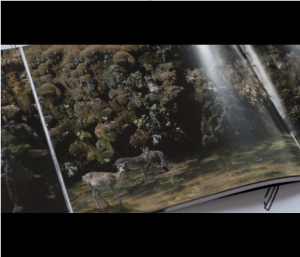
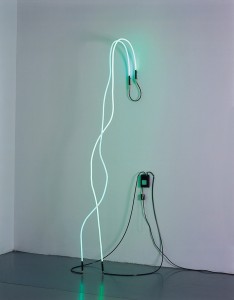
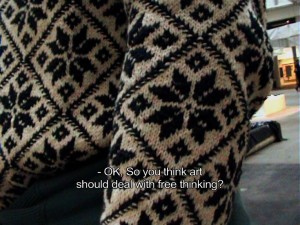
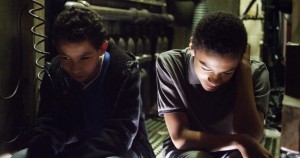
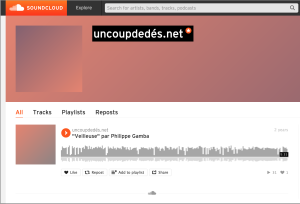

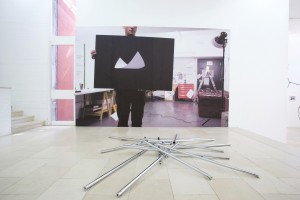
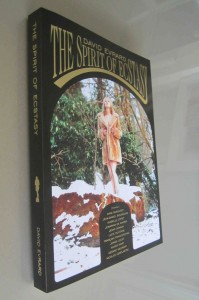
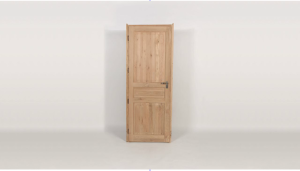
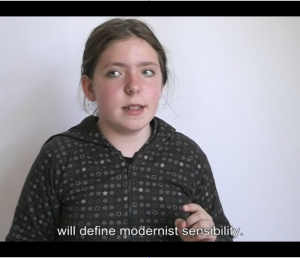
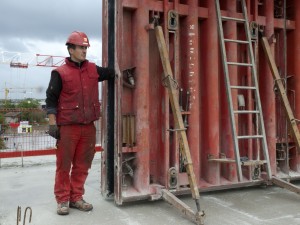
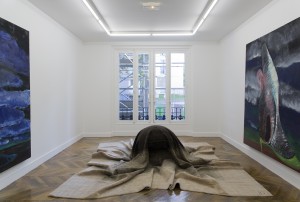
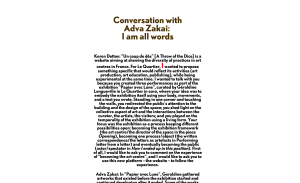
CONTENTS
ABOUT
Bolstered by its success and visibility, uncoupdedés.net is restarting and subjecting existing content to new voices. In 2014 and 2015, several personalities from outside France will be asked to become our editorial writers for one season. Their task will be to place the contents of the whole magazine in perspective, presenting them differently through the prism of their subjectivity and their own work contexts. Catalina Lozano (Colombia), Zasha Colah (India), Moe Satt (Myanmar) and Manuela Moscoso (Brazil): each guest editor will reformulate the actions of the centres d’art, various aspects of which they will have been able to perceive through the magazine. Each editor-in-chief will “roll off” a cross-cutting text, presenting an original re-examination of the resolutely fluid geography of the centres d’art. uncoupdedés.net repeats the challenge from the poet Mallarmé, resurrected in the cinematographic art of Jean-Marie Straub and Danièle Huillet (Every Revolution is a Roll of the Dice, 1977). The guest editors, coming from a variety of disciplines, will widen the circle of expression even more. Choral and fragmentary, uncoupdedés.net takes just as much after puzzles as it does after memories, and naturally calls for cut-outs of every kind…
•
MANUELA MOSCOSO
(Sao Paulo, Brazil)
Manuela Moscoso is a Brazil-based curator. Recently she has curated 12 Bienal de Cuenca, Ecuador; Yael Davis in the Museo de Arte do Rio Brazil; Fisicisimos, Universidad Torcuato di Tella,The Queens Biennale in the Queens Museum New York; or Before Everything in CA2M (Madrid). Together with Sarah Demeuse is Rivet, a curatorial office investigating notions of deployment, circulation, exercise, and resonance. Their research has materialized in projects in Spain, Norway, Lebanon and the US. Manuela Moscoso holds an MA from Center for Curatorial Studies at Bard College.
